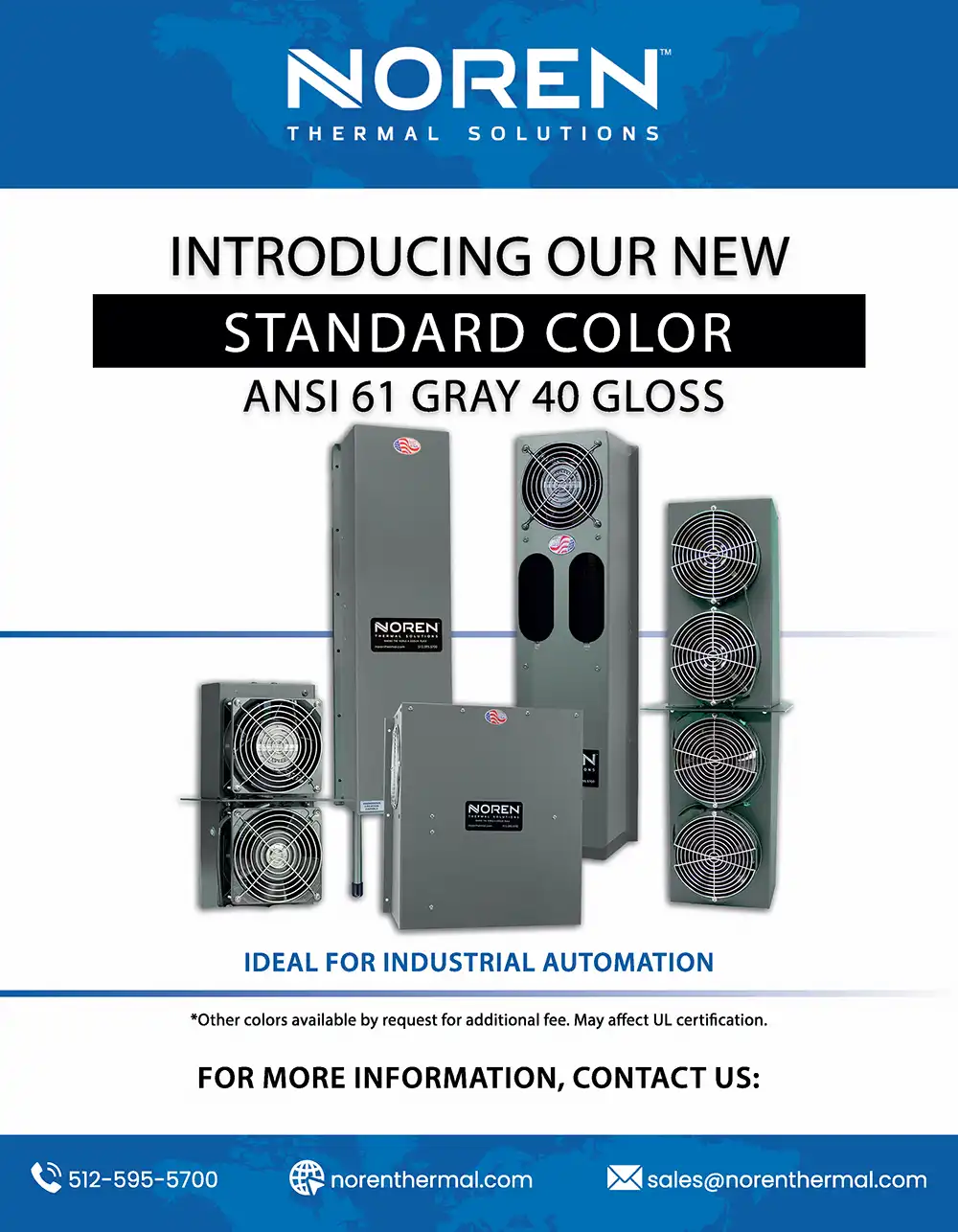 It wasn’t very long ago that companies only had one or two options for their electrical thermal management needs. They had to keep their electrical enclosures properly cooled to prevent overheating, which required either air conditioning or air compressing solutions to circulate chilled air through the enclosures. Because their options were so limited, companies didn’t have to think much about which solutions they chose. Today, however, companies in all industries know more than ever about the importance thermal management and the much broader variety of options available to them today, including advanced heat exchangers and other custom thermal solutions. (more…)
It wasn’t very long ago that companies only had one or two options for their electrical thermal management needs. They had to keep their electrical enclosures properly cooled to prevent overheating, which required either air conditioning or air compressing solutions to circulate chilled air through the enclosures. Because their options were so limited, companies didn’t have to think much about which solutions they chose. Today, however, companies in all industries know more than ever about the importance thermal management and the much broader variety of options available to them today, including advanced heat exchangers and other custom thermal solutions. (more…)
3 Technological Advances that Contribute to Heat Exchangers
 In many ways, modern heat exchangers have helped many different forms of technology advance more rapidly over the last few decades. The realm of thermal management was often a challenge in developing faster and more powerful technologies, mainly because traditional solutions (such as air conditioners) weren’t streamlined or adaptable enough to facilitate technological advancement. However, while heat exchangers helped make advancement possible for several other technologies, there are several important innovations that have made heat exchangers themselves possible. From more versatile heat transfer techniques to advanced manufacturing capabilities and more, these are just a few of the important innovations that have made modern heat exchangers so successful. (more…)
In many ways, modern heat exchangers have helped many different forms of technology advance more rapidly over the last few decades. The realm of thermal management was often a challenge in developing faster and more powerful technologies, mainly because traditional solutions (such as air conditioners) weren’t streamlined or adaptable enough to facilitate technological advancement. However, while heat exchangers helped make advancement possible for several other technologies, there are several important innovations that have made heat exchangers themselves possible. From more versatile heat transfer techniques to advanced manufacturing capabilities and more, these are just a few of the important innovations that have made modern heat exchangers so successful. (more…)
Cooling NEMA Enclosures: Advantages of Heat Exchangers
 For several decades, heat exchangers have provided myriad benefits to designers of innovative technologies and the companies that utilize them. For example, their innovative heat transfer methods minimize an application’s need for energy. Also, the cooling units’ optimized designs make them appropriate and customizable to virtually any electrical thermal management application. For applications that require special considerations, such as electrical enclosures designed according to NEMA standards, heat exchangers have also been of particular benefit. They not only transfer waste heat rapidly, efficiently, and at low cost, but also provide a high level of ingress protection and other advantages necessary for enclosures to meet various NEMA standards. (more…)
For several decades, heat exchangers have provided myriad benefits to designers of innovative technologies and the companies that utilize them. For example, their innovative heat transfer methods minimize an application’s need for energy. Also, the cooling units’ optimized designs make them appropriate and customizable to virtually any electrical thermal management application. For applications that require special considerations, such as electrical enclosures designed according to NEMA standards, heat exchangers have also been of particular benefit. They not only transfer waste heat rapidly, efficiently, and at low cost, but also provide a high level of ingress protection and other advantages necessary for enclosures to meet various NEMA standards. (more…)
A Look at How Thermal Pins Benefit Molding Companies
 Heat exchangers have provided more benefits to modern companies than they can count. Those benefits stem from the innovative cooling units’ ability to provide high-performance electrical thermal management in a more streamlined and efficient way than more traditional solutions. Since they’ve been introduced, heat exchangers have also helped paved the way for greater innovation in several other areas of thermal management. For example, in the molding industry, specialized heat exchangers known as thermal pins have revolutionized how companies create and cool molds, allowing for enhanced productivity and more consistent high-quality yields. (more…)
Heat exchangers have provided more benefits to modern companies than they can count. Those benefits stem from the innovative cooling units’ ability to provide high-performance electrical thermal management in a more streamlined and efficient way than more traditional solutions. Since they’ve been introduced, heat exchangers have also helped paved the way for greater innovation in several other areas of thermal management. For example, in the molding industry, specialized heat exchangers known as thermal pins have revolutionized how companies create and cool molds, allowing for enhanced productivity and more consistent high-quality yields. (more…)
The Connection Between Thermal Management and Green Energy
 Just decades ago, most companies considered electrical thermal management a heavy burden, but a necessary one. It was necessary to facilitate their growing dependence on technology – without a proper cooling solution, electrical enclosures and control panels would quickly overheat, malfunction, and break down. Heat exchangers changed the way companies viewed thermal management by making it a much simpler and less cumbersome. Today, heat exchangers have not only made electrical thermal management more efficient and cost-effective, but they’ve also made an avenue to boosting several of most companies’ green energy efforts. (more…)
Just decades ago, most companies considered electrical thermal management a heavy burden, but a necessary one. It was necessary to facilitate their growing dependence on technology – without a proper cooling solution, electrical enclosures and control panels would quickly overheat, malfunction, and break down. Heat exchangers changed the way companies viewed thermal management by making it a much simpler and less cumbersome. Today, heat exchangers have not only made electrical thermal management more efficient and cost-effective, but they’ve also made an avenue to boosting several of most companies’ green energy efforts. (more…)
Why Custom Thermal Solutions Use Phase-Change Cooling
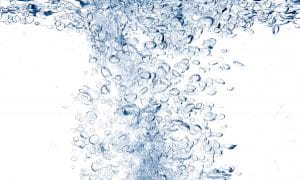 There are many different ways for dealing with the waste heat that electrical systems generate. In each case, the goal is to stop the waste from accumulating inside of electrical enclosures and causing components to overheat. What varies is the manner in which different solutions approach this goal. For example, traditional air conditioners use HVAC processes to generate chilled air and circulate it inside of the enclosure. Other systems use air compression to achieve a similar goal of chilling the waste heat. By contrast, many modern, custom thermal solutions take a different approach. For example, using more natural methods such as phase-change cooling, they can achieve efficient thermal management without having to rely on chilled air. (more…)
There are many different ways for dealing with the waste heat that electrical systems generate. In each case, the goal is to stop the waste from accumulating inside of electrical enclosures and causing components to overheat. What varies is the manner in which different solutions approach this goal. For example, traditional air conditioners use HVAC processes to generate chilled air and circulate it inside of the enclosure. Other systems use air compression to achieve a similar goal of chilling the waste heat. By contrast, many modern, custom thermal solutions take a different approach. For example, using more natural methods such as phase-change cooling, they can achieve efficient thermal management without having to rely on chilled air. (more…)
A Brief Look at Different Heat Exchangers
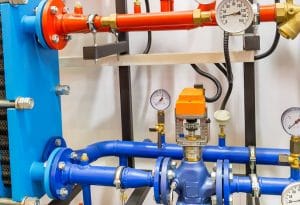 With the introduction of heat exchangers, companies had new options for meeting their electrical thermal management needs. Rather than having to depend on solutions such as air conditioners or air compression units, they could now benefit from more streamlined methods of cooling their electrical enclosures and control cabinets. As heat exchangers and other forms of technology continued to advance, companies have benefited from an even variety of options. Thanks to multiple, sometimes specialized iterations of modern heat exchangers, companies in every industry can translate their highly efficient and eco-friendly thermal management processes into an increasingly wider range of applications. (more…)
With the introduction of heat exchangers, companies had new options for meeting their electrical thermal management needs. Rather than having to depend on solutions such as air conditioners or air compression units, they could now benefit from more streamlined methods of cooling their electrical enclosures and control cabinets. As heat exchangers and other forms of technology continued to advance, companies have benefited from an even variety of options. Thanks to multiple, sometimes specialized iterations of modern heat exchangers, companies in every industry can translate their highly efficient and eco-friendly thermal management processes into an increasingly wider range of applications. (more…)
A Few Things that Heat Exchangers Do Better
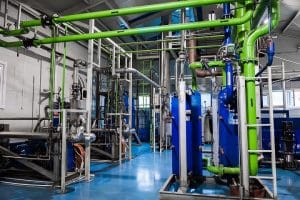 When it comes to technology, each new innovation of an existing application increases the technology user’s ability to do more, more efficiently. Sometimes, that means designing systems that are far more complicated than their predecessors. For example, laptops are lightyears beyond typewriters and old desktop computers thanks to more complex electronic systems. However, there are times when innovating technology means simplifying the processes that it operates on. For example, in the realm of electrical thermal management, heat exchangers achieve better thermal management results than previous solutions by making the process of handling waste heat simpler. (more…)
When it comes to technology, each new innovation of an existing application increases the technology user’s ability to do more, more efficiently. Sometimes, that means designing systems that are far more complicated than their predecessors. For example, laptops are lightyears beyond typewriters and old desktop computers thanks to more complex electronic systems. However, there are times when innovating technology means simplifying the processes that it operates on. For example, in the realm of electrical thermal management, heat exchangers achieve better thermal management results than previous solutions by making the process of handling waste heat simpler. (more…)
Improving Thermal Management in Various Industries
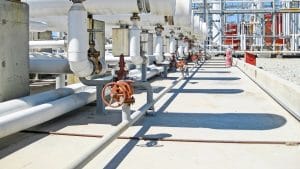 Electrical thermal management has always been a concern for most forms of technology. As more and more companies in increasingly more industries began relying on technology for all aspects of their operations, electrical thermal management became a significant concern for them, as well. At first, meeting that concern was a burden, as companies had to implement costly and cumbersome solutions such as air conditioning or air compressors to keep their electrical systems properly cooled. Today, however, heat exchangers have become a staple in many different industries, thanks to their ability to improve thermal management processes in ways that significantly lower costs and boost productivity for most companies. (more…)
Electrical thermal management has always been a concern for most forms of technology. As more and more companies in increasingly more industries began relying on technology for all aspects of their operations, electrical thermal management became a significant concern for them, as well. At first, meeting that concern was a burden, as companies had to implement costly and cumbersome solutions such as air conditioning or air compressors to keep their electrical systems properly cooled. Today, however, heat exchangers have become a staple in many different industries, thanks to their ability to improve thermal management processes in ways that significantly lower costs and boost productivity for most companies. (more…)
Cold Plate Heat Exchangers and Liquid Cooling
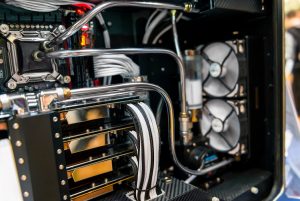 While modern heat exchangers have led the way for many different thermal management innovations, their unique air-cooling techniques haven’t been the only ones. In many high-performance, often groundbreaking applications, processes such as liquid cooling can often provide more satisfactory results. However, liquid cooling hasn’t typically been as widely available as more conventional heat exchangers. That’s largely because the process often has to be custom-designed with specialized equipment to meet each individual application’s unique needs. Today, though, heat exchangers can bring the high-capacity, consistently reliable performance of liquid cooling to increasingly more applications, thanks to their versatile nature and high customizability. (more…)
While modern heat exchangers have led the way for many different thermal management innovations, their unique air-cooling techniques haven’t been the only ones. In many high-performance, often groundbreaking applications, processes such as liquid cooling can often provide more satisfactory results. However, liquid cooling hasn’t typically been as widely available as more conventional heat exchangers. That’s largely because the process often has to be custom-designed with specialized equipment to meet each individual application’s unique needs. Today, though, heat exchangers can bring the high-capacity, consistently reliable performance of liquid cooling to increasingly more applications, thanks to their versatile nature and high customizability. (more…)
